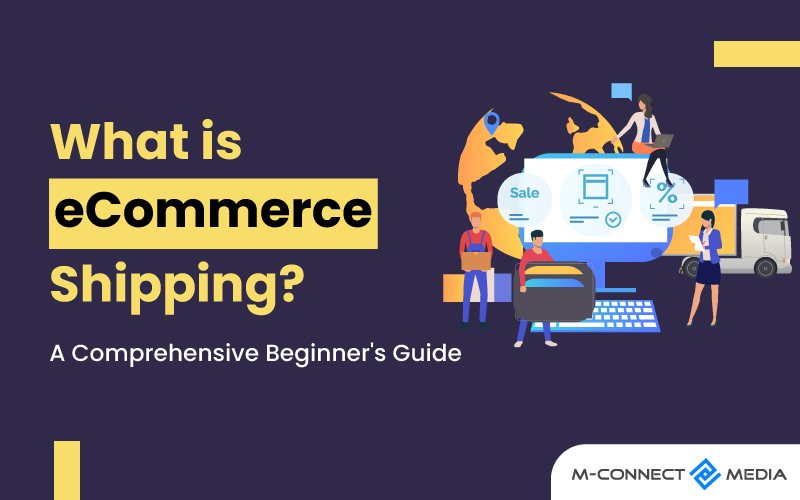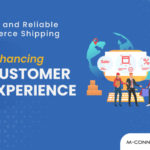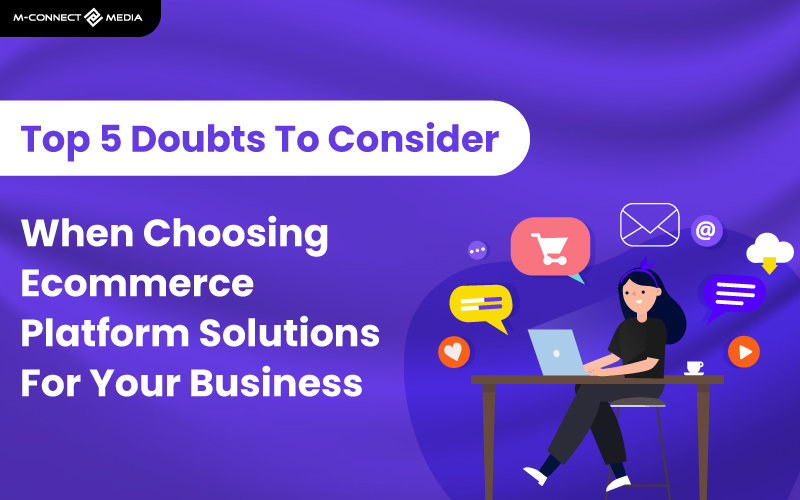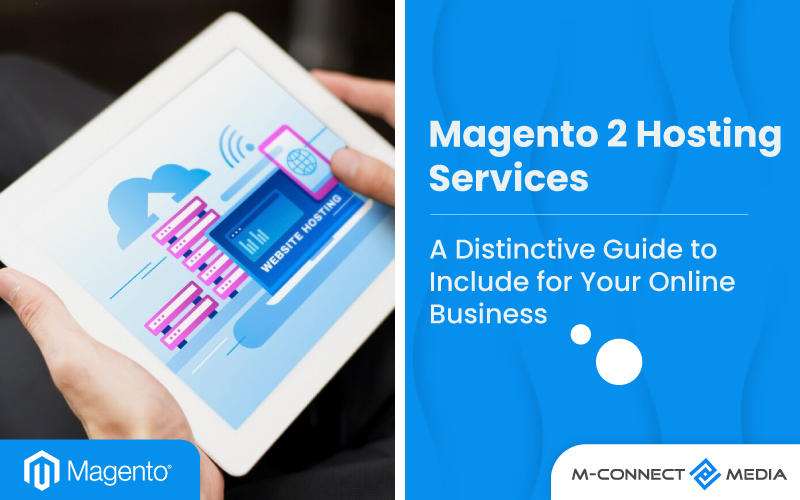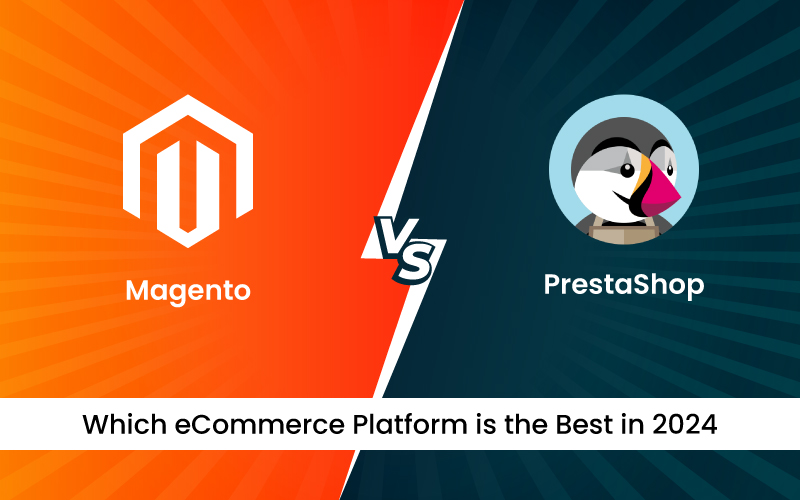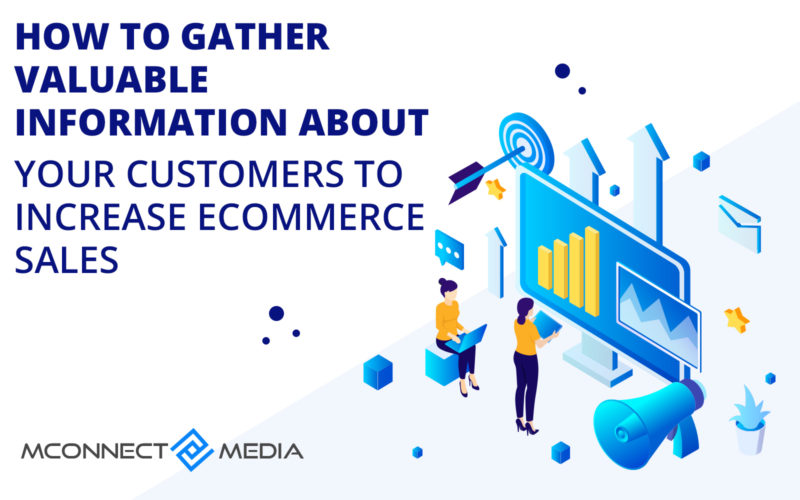What is eCommerce Shipping? E-commerce shipping is a service used by retailers to send products to customers when they shop online. It helps make the transportation of products easy and affordable.
When you buy things online, you want them to arrive quickly, without costing too much, and in a simple way. By providing good shipping services, retailers can stay ahead of their competition.
In today’s world, where online shopping is getting more popular, e-commerce shipping has become really important. Furthermore, Companies are also competing to offer the best online shopping experience at the lowest price.
As the company grows and attracts more customers, it will need to find faster, cheaper, and more effective ways to deliver products. This will also help meet the increasing demand and exceed customer expectations.
In this article, we will teach you everything you need to know about e-commerce shipping. We will start by explaining what it is and how it works.
What is eCommerce Shipping?
E-commerce shipping means the shipping services used by online stores to make it easier and cheaper to transport products. In today’s world, where shopping online is getting really popular, e-commerce shipping has become really important. Companies are competing to give people the best online shopping experience at the best price.
Big stores like Amazon and Walmart have made online shopping more convenient and cheaper than ever before. Moreover, This has created more competition in the shipping industry.
E-commerce shipping includes all the services needed to send items that people buy online from a store to their homes. However, With the right partner, e-commerce shipping can be affordable, efficient, and fast.
When a company grows and gets more customers, it needs to find faster, cheaper, and better ways to deliver products. However, This is important to keep up with the demand and make customers happy.
Also Read: Ecommerce Shipping & Fulfillment Tips for Beginners
Why eCommerce Shipping Is Important for Business?
The way you handle eCommerce shipping can greatly affect whether or not someone decides to buy from your online store. It’s important to give people a good experience while they browse your products, offer fair prices, and sell high-quality items.
In other words, eCommerce shipping is like the bridge between you and your customers. If you don’t take the time to set up a good shipping system with efficient methods that can satisfy your customers, it will be hard for your business to grow.
Here are a few reasons why it’s important to have an effective eCommerce shipping strategy:
- Many companies are working hard to improve their shipping processes. If you want to stay ahead of the competition, you need to do the same.
- If your eCommerce shipping process is poorly designed and the rates are too high, you may lose potential customers.
- A strong shipping strategy can help you avoid problems. By partnering with a reliable logistics provider, you can prevent issues like port congestion or labor shortages in the supply chain.
Having more affordable, efficient, and reliable shipping will directly impact how many people buy from your store and, in turn, your profits.
Also Read: Effects of Having Free Shipping to your eCommerce Store?
What is the eCommerce Shipping Procedure?
The eCommerce shipping process involves different steps to make sure a customer’s order is delivered safely. Let’s go through some tips and ideas for each part of the process:
1. Order Placing:
When a customer places an order, it starts the eCommerce shipping process. They can do this on a website, through a mobile device, over the phone, or in person. During the checkout process, customers need to provide their shipping information like name, address, and contact details.
If you use eCommerce shipping software, this information will be automatically entered into your system. Moreover, It’s important to double-check that all the information is correct to avoid any delays or mistakes.
2. Order Processing:
Once an order is placed, you need to gather the products from your warehouse shelves and pack them into boxes or mailers. Include any necessary documents like invoices or packing slips. After products are packed and ready to ship, you need to label them with the correct shipping information.
If you have eCommerce shipping software, the labels will be created automatically, and you just need to print them. If not, you’ll have to make your own labels. Moreover, Make sure the labels are accurate and easy to read to prevent any delays.
3. Shipping and Delivering the Order:
After processing and labeling the order, it’s time to ship it. You need to select a shipping carrier and send the package. Some eCommerce companies use one carrier for all their shipping, while others work with multiple carriers to find the best pricing and reliability.
Once you hand over the package to the carrier, they will deliver it to the customer’s door. After the order is dispatched, it’s important to track it to ensure it arrives safely and on time. You can also do this by monitoring the shipment through the shipping company.
4. Retaining Customers:
The eCommerce shipping process doesn’t end when the order is delivered. It’s important to retain customers by providing excellent customer service and following up after the purchase.
If you use eCommerce shipping software, you can automate some tasks like sending thank-you emails and tracking customer satisfaction.
Otherwise, you may need to do these tasks manually. Either way, make sure you offer good customer service and stay in touch with your customers even after their order has been delivered.
Also Read: Top 10 Customer Retention Strategies for Ecommerce Merchants to Increase Revenue
eCommerce Shipping Strategies for Businesses
E-commerce shipping services come in different types to meet the needs of e-commerce companies. Some products, like electronics or perishables, require fast delivery to keep customers happy.
The best shipping strategy for your business depends on your products, budget, and customer base. Time is crucial in e-commerce shipping, so businesses use various shipping strategies, which are described below:
1. Freight Shipping:
Freight shipping is the movement of products from merchants to customers using air, land, or sea transportation. It includes specialized services tailored to different businesses, from fashion to furniture.
2. Same-Day Shipping:
Same-day delivery allows customers to receive their products within one business day or 24 hours. It usually has conditions, time limits, or specific time slots. For example, orders placed before 9 a.m. may be delivered between 4 and 6 p.m. on the same day.
3. Express Shipping:
Express shipping is a fast shipping service, similar to same-day and overnight delivery. It guarantees that the order will arrive on the next business day after it’s placed.
4. Two-Day Shipping:
With two-day shipping, customers can expect delivery within two days from a specified date. The calculation may vary depending on the e-commerce company’s delivery process and shipping partner.
5. Shipping Priority:
Expedited shipping is offered by various shipping companies and third-party logistics providers. Customers can choose priority shipping services, which are faster than regular shipment services. They ensure that orders move quickly from pickup to delivery.
6. International Delivery:
Global shipping providers like FedEx and UPS offer international delivery services. This is essential for e-commerce businesses that operate globally. A well-equipped international shipping service can also help navigate customs requirements.
7. Environment-Friendly Shipping:
Good e-commerce shipping services should be sustainable in the long run. Some shipping partners prioritize sustainability while ensuring convenient delivery. They also offer environmentally friendly shipping services using transportation technologies that reduce waste and carbon emissions.
Remember, choosing the right shipping strategy for your business depends on the nature of your products and the needs of your customers.
Also Read: 10 Best eCommerce Websites on Magento 2 to Promote Online Store in 2023
Some of the eCommerce Shipment problems
A shipping order might go wrong for a variety of reasons after it leaves your hands. It might delay in delivery, deliver to the wrong address, damaged, or lost in transit.
While none of these problems are your responsibility, consumers will want you to fix them, and you should. However, Following are some things to follow if you get a report of shipment problems:
- Apologize to consumers and pledge to investigate the problems as soon as possible.
- Check the shipment’s tracking information online.
- Check that the receiver’s address and contact details were input correctly.
- Inquire with the shipping carrier about the status of the shipment.
- Maintain contact with the carrier until the problem is rectified.
- In delayed delivery, offer your client a discount on their next purchase.
- In some missing or damaged merchandise, ship a new order to the customer as quickly as possible.
Summary
A Company may gain a competitive edge only if it conducts its important activities more effectively than its competitors. E-commerce shipping has the ability to help the business achieve productivity and value advantage.
E-commerce shipping would not exist without shipping infrastructure. However, Customers may place items online and have them delivered in a matter of days if not hours.
E-commerce shipping can be complicated, but by automating specific procedures and monitoring data on a regular basis, firms can also expedite delivery and give a better customer experience.
eCommerce Shipping Frequently Asked Questions:
- What is hybrid shipping?
This is a technique of eCommerce shipping in which you collaborate with various carriers or logistical firms to deliver items to your customers’ addresses. For example, your logistics provider may also send the box to a post office or sorting facility, from whence it will move to its final destination by a shipping carrier.
- How much does eCommerce shipping cost?
They typically charge between Rs. 30-90 for 500g. Express delivery, packing, labeling, manifestation, and delivery costs are examples of these fees. For eCommerce businesses, shipping expenses include a profit margin.
- Is shipping synonymous with fulfillment?
They are not the same thing. One of the steps involved in order fulfillment is shipping. Product fulfillment comprises all of the operations that also occur between the time a consumer pays for a purchase and the time the product is delivered to them.
- What are the costs of shipping fulfillment?
Fulfillment costs are the total of all expenses incurred in the course of handling a product from reception to delivery. Receiving, sorting, and storing a product, or, in simpler terms, choosing, packaging, and delivering it to your clients, are examples of these expenditures. Moreover, Your fulfillment charges will always differ from one partner to the next.
E-COMMERCE WEBSITE DESIGN
Mconnect Media designs eCommerce websites with the convenience and efficiency that end users demand. Our designers also create distinctive online stores as well as brick-and-mortar e-stores that are the perfect blend of creativity and functionality.
Contact us now to learn more about how we work or to receive a sneak peek of your work. Let’s discuss business and see your goals come true!

